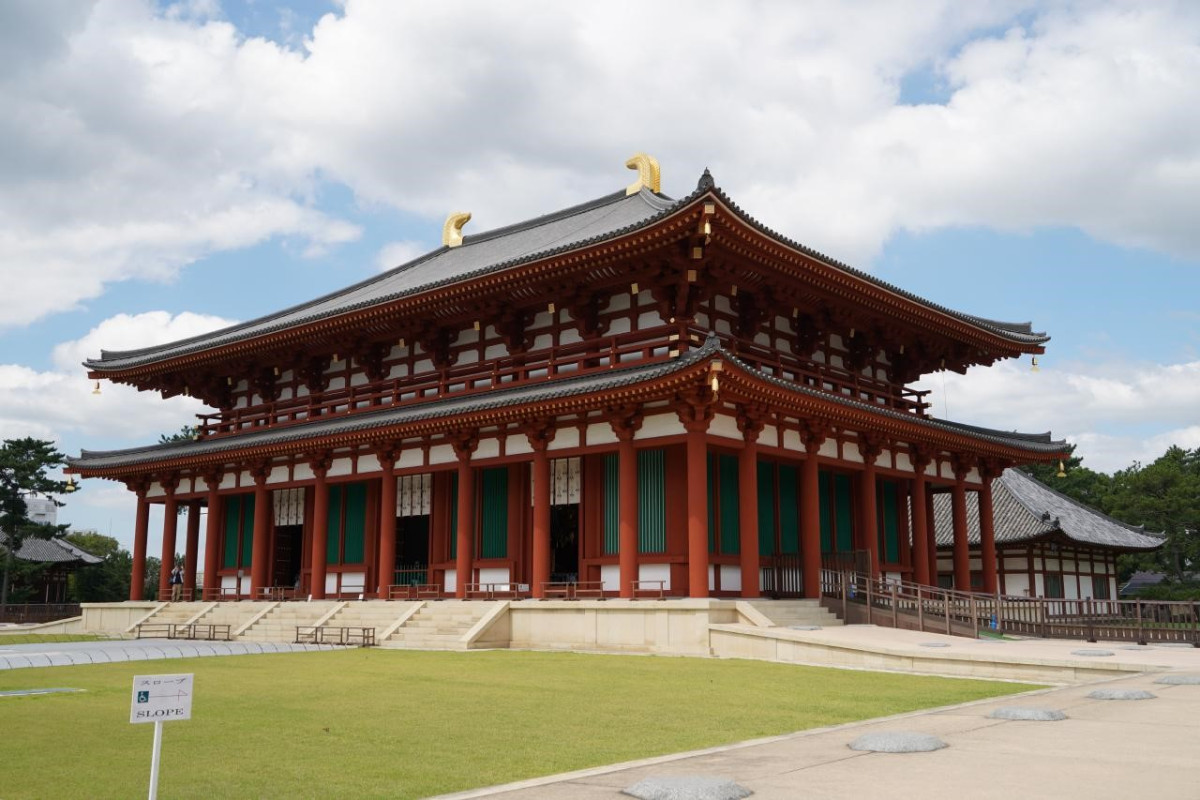
Japanese architectural history in action: reconstruction, conservation, restoration

This workshop is centred on a presentation about the interface between architectural history, restoration, conservation and reconstruction by Professor UNNO Satoshi of the Department of Architecture at the University of Tokyo, Japan, currently Visiting Scholar at the Sainsbury Institute for the Study of Japanese Arts and Cultures in Norwich.
Professor Unno draws on his extensive experience in this field during his career at the Nara National Institute for Cultural Properties and the University of Tokyo. He will address issues including differences in approach between Japanese and European heritage professionals, based on a series of case studies in which he was involved. This will be followed by a series of short responses by European specialists and an open discussion.
International frameworks such as the Venice Charter for the Conservation and Restoration of Historic Sites (1964) are central to current approaches to the inheritance of cultural heritage. The Nara Document on Authenticity (1994) is the most important for the conservation of wooden buildings, se[ng out a framework that facilitates a diversity of approaches to the repair and conservation of such structures.
Unno Satoshi will present a series of case studies which demonstrate the distinctive approach to what he terms ‘building inheritance’ in Japan, and highlight differences in the ways of thinking about the inheritance of cultural heritage in Japan and Europe. In particular, although the concept of reconstruction has been largely rejected in Europe since the Venice Charter, it remains central to the traditional culture of conservation in Japan. He will discuss how the study of western architecture was introduced in Japan since the mid-19th century, the start of the modern era in Japan, and how repairs to wooden buildings since then were affected by this. He will unravel this history of the reception of western architectural history in Japan, and the establishment of modern methods of repair. Japanese architectural history and buildings conservation retains many traditional practices, including the periodic reconstruction of shrines (most famously the rebuilding of the Ise Grand Shrine every 20 years). The rebuilding of temples after disasters, reproducing the scale and shape of the original as closely as possible, represents another form of conceptual inheritance of cultural heritage, even if there is a temporary disconnection in materiality. Other cases include the relocation of buildings and the copying the architecture of tea rooms (chashitsu). These diverse repair methods show the cultural history of Japan's
inheritance.
On occasion building lumbers, sometimes huge ones, need to be replaced. Trees of the same species and size are required for such replacement. Unno will introduce a programme of forest cultivation designed to secure such materials in a sustainable way, coexisting with the surrounding environment, and guaranteeing the future building inheritance. Unno will suggest how Japan’s dual material and ideological inheritance, in conjunction with the search for sustainable approaches, can provide a new basis for passing on cultural heritage in both Europe and Japan